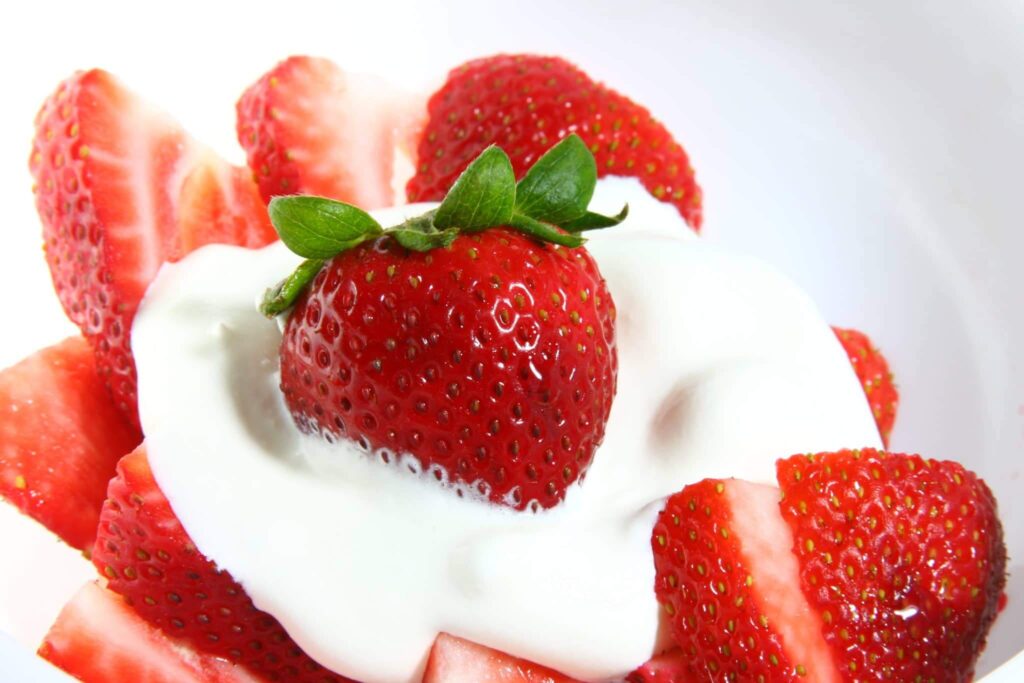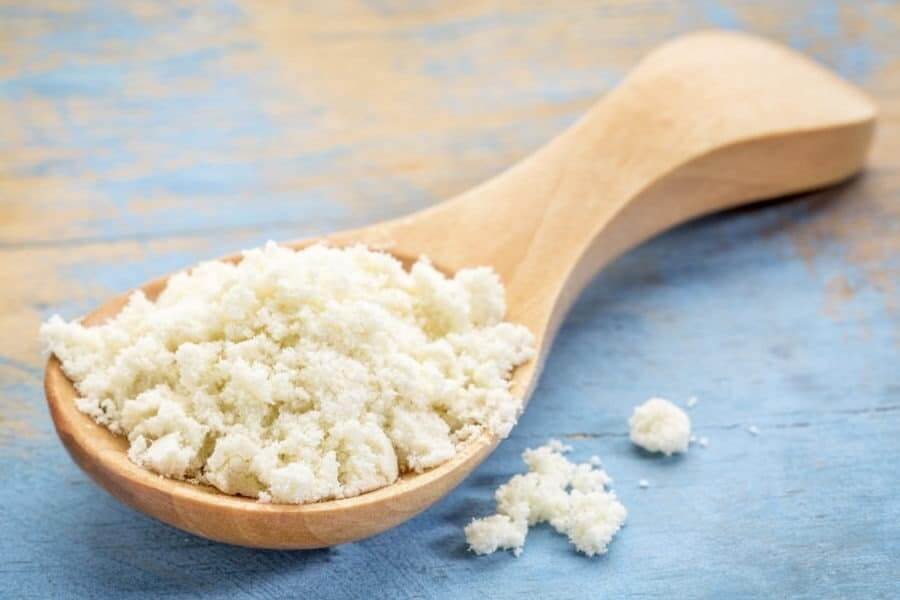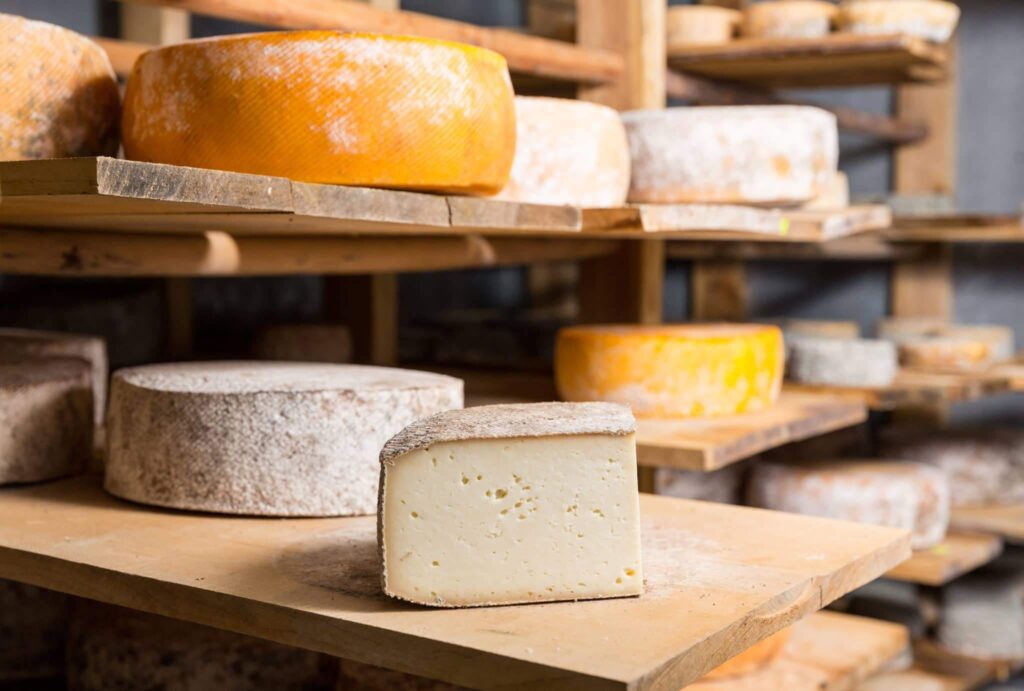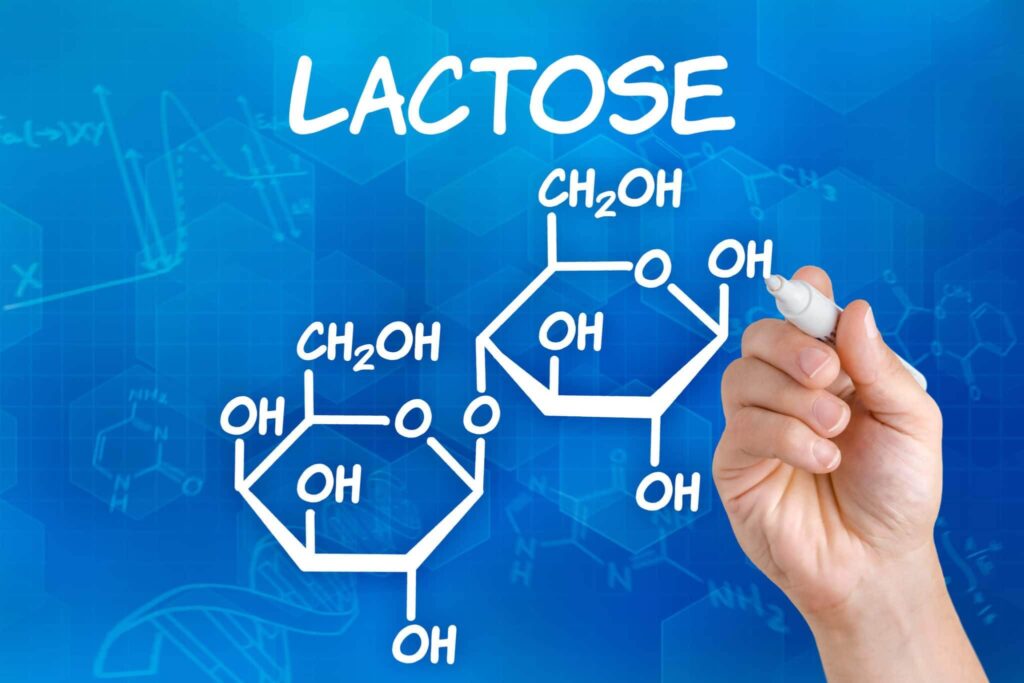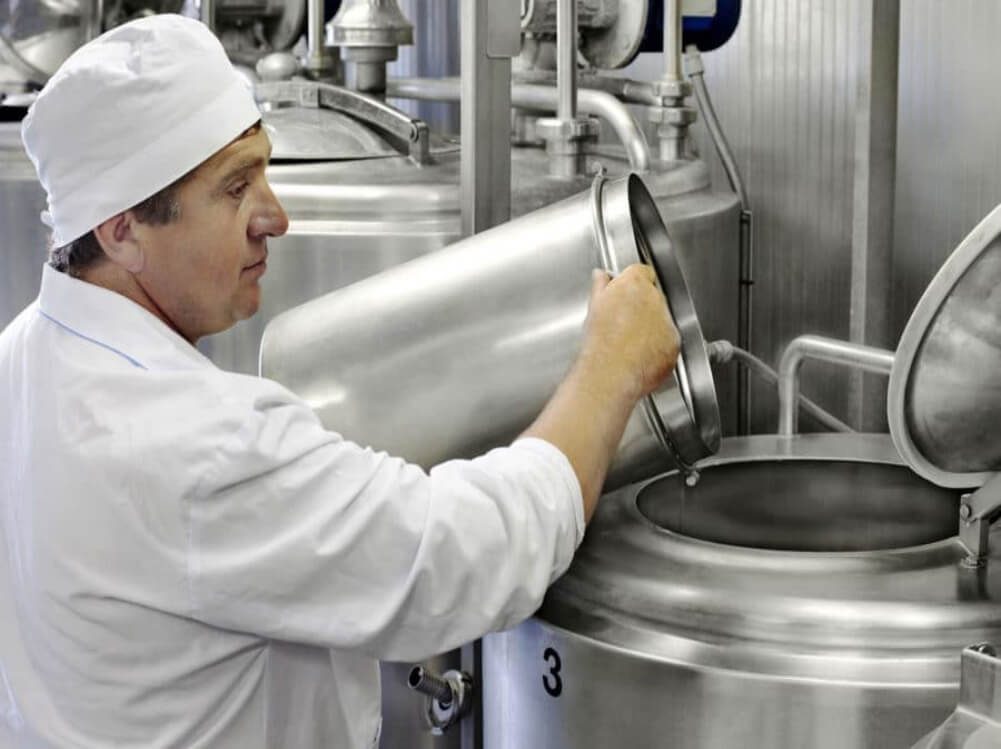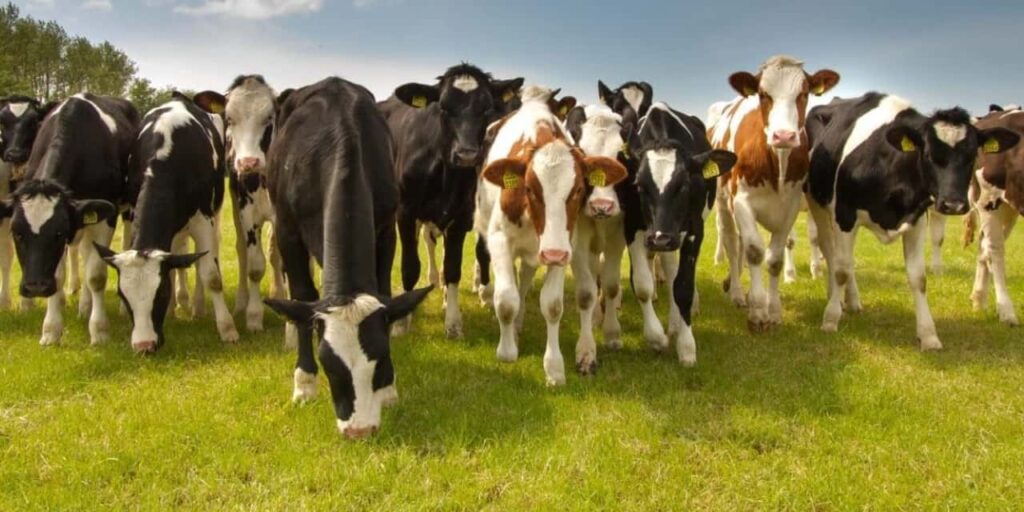
Dairy

For the best mixing solution we rely on our process knowledge of more than 85 years and our high quality sanitary design

Consumer demands are continuously changing impacting the production process. At the same time it is important to the dairy industry to reduce the impact on the environment. This is where energy efficiency comes in. Generally speaking Jongia’s creed has always been to achieve maximum results with minimum power input. Impact on the environment is also reduced by waste treatment on which you can read more in the section Bio-based & Environmental.
What Are Dairy Products?
Milk is one of the most common dairy products used throughout the world. It contains proteins, fats, carbohydrates, minerals, vitamins and enzymes. All of these components are essential for human health. Milk helps build strong bones and muscles, it protects against heart disease, aids digestion, and promotes good eyesight. There are many different types of milk including whole milk, skimmed milk, lowfat milk, and fat free milk.
Global liquid dairy consumption continues to grow at a rapid pace. Milk still accounts for the largest volumes, but these days value added products are growing even faster. The dairy industry has its roots in the Netherlands, more specific in the province Friesland, and is in Jongia’s DNA as a Frisian company.
Processed milk is the basis for many different dairy products. They can roughly be divided into the following product groups:
• Consumer products, such as milk, yoghurt, desserts etc.
• Cheese & butter
• Ingredients
Types of Dairy products
There are many different kinds of dairy products out there. Some people prefer skimmed milk while others love whole milk; some enjoy drinking chocolate milk and others drink it plain. If you’re looking for a healthier alternative, try almond milk. You can even make your own homemade nut milks. Here are some of the most popular types of dairy products.
Cheese – Cheese is one of the most common dairy products. Cheeses come in many varieties such as cheddar, mozzarella, blue cheese, feta, gouda, goat cheese, ricotta, cottage cheese, quark, paneer, etc. Cheese is rich in protein and fat and helps boost your immune system. In addition, cheese provides calcium, potassium, phosphorus, magnesium, zinc and selenium.
Yogurt – Yogurts are another type of dairy product that is very versatile. They come in many flavors and consist of live cultures that aid digestion. Yogurts provide probiotics, vitamins B12 and K2, folic acid, lactic acid bacteria and minerals.
Butter – Butter is a creamy spreadable food that is commonly used in cooking and baking. It consists of saturated fats and cholesterol. However, butter is still considered healthy because it contains monounsaturated fats, vitamin A, vitamin E, vitamin K, omega 3 fatty acids, iron, copper, phosphorous, manganese, niacin, thiamine, riboflavin, pantothenic acid, biotin, choline, iodine, zinc, selenium and fiber.
Ice Cream – Ice cream is a frozen dessert that includes ice crystals, water, sugar, eggs, milk, cream and flavorings. It is usually eaten alone or served with toppings. It is a great way to cool off during hot weather.
Creamy Milk – This is a lowfat version of regular milk. It has less calories, fat and lactose than regular milk. It is often used in coffee drinks and baked goods.
Skimmed Milk – Skimmed milk is similar to skim milk except it does not contain any lactose. It has fewer calories and fat than regular milk.
Frequently Asked Questions
What are the main components of milk?
Milk contains proteins, fats, carbohydrates, minerals, vitamins, and enzymes, all essential for human health. It aids in building strong bones and muscles, protects against heart disease, and promotes good digestion and eyesight. Different types of milk include whole, skimmed, low-fat, and fat-free.
How does dairy consumption trend globally?
Global liquid dairy consumption is rapidly increasing. While milk remains the largest product category, value-added dairy products are growing even faster. The dairy industry’s rich history is rooted in the Netherlands, particularly in Friesland, reflecting Jongia’s heritage as a Frisian company.
What are the main types of dairy products?
Dairy products are generally categorized into consumer products like milk and yogurt, along with cheese and butter, and ingredients. These products come in various forms to fit different consumer preferences and dietary needs, from fresh milk to aged cheeses and creamy butter.
How does consumer demand impact dairy production?
Consumer preferences are constantly evolving, which directly affects dairy production processes. The industry is facing challenges to meet these demands while also focusing on energy efficiency and reducing environmental impact, aligning with Jongia’s commitment to sustainability in operations.
What health benefits does cheese provide?
Cheese is rich in protein and fat, supporting immune system function. It also offers essential nutrients, including calcium, potassium, and magnesium, which are crucial for bone health and metabolic function. With many varieties available, it caters to diverse tastes and dietary plans.
Dairy Industry Contacts
Contact our specialized team for all your questions

Bart Brouwer
International Sales Manager
Area Worldwide

Sijko van der Veen
Application Engineer
Technical Specialist
Other Food Industries
Dairy – Related Articles

Homogenization and Cooling in Diary Cream Production
Utilizing Jongia’s Cup Mixer Homogenization is a standard procedure employed in dairy cream production to ensure the consistent distribution of fat globules in both milk and cream. This process, achieved through a high-pressure homogenization apparatus, breaks down and disperses fat
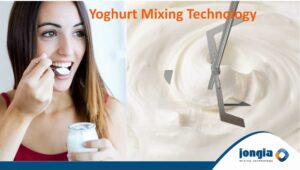
The Jongia UZ-Mixing element: from application to solution
Using the UZ-Mixing Element is not the solution for every application. Nevertheless, in the food, dairy, pharmaceutical and chemical industries, the UZ-Mixing element is frequently applied. For example, in the dairy industry to produce Yogurt since it does not damage

Foaming and air entrapment common to mixing processes
Jongia Mixing Technology has initiated many mixing processes worldwide with its agitators. In some of these mixing processes, the elimination of foam that can arise from the behavior of the recipe is essential as well. Because when foaming can be



